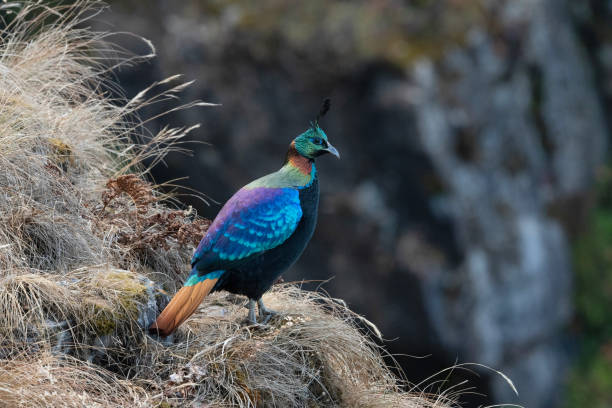
Purple, Horsfield's or black-breasted kalij Gennceus, was used, for example, by Frank Finn in Indian Sporting Birds (1915) and Game Birds of India and Asia (1911?).

Euplocamus was used, for example, by Hume and Marshall in their Game Birds of India, Burmah and Ceylon (1879–1881).emphanum)Įuplocamus and Gennceus are older names more or less corresponding to the current Lophura. Hainan peacock-pheasant ( Polyplectron katsumatae).Taiwan pheasant, Phasianus colchicus formosanus.Chinese ring-necked pheasants, Phasianus colchicus torquatus group.Tarim pheasants, Phasianus colchicus tarimensis group.Mongolian ring-necked pheasants or white-winged ring-necked pheasants, Phasianus colchicus mongolicus group.Prince of Wales pheasant, Phasianus colchicus principalis.White-winged pheasants, Phasianus colchicus chrysomelas/principalis group.Caucasus pheasants, Phasianus colchicus colchicus group.Long-tailed pheasants (genus Syrmaticus).This list is ordered to show presumed relationships between species. It passed from Greek to Latin to French (spelled with an initial "f") then to English, appearing for the first time in English around 1299. Various other pheasant species are popular in aviaries, such as the golden pheasant ( Chrysolophus pictus).Īccording to the Oxford English Dictionary, the word "pheasant" ultimately comes from Phasis, the ancient name of what is now called the Rioni River in Georgia. The best-known is the common pheasant, which is widespread throughout the world, in introduced feral populations and in farm operations.

However, as an introduced species, in the UK they are a threat to endangered native adders. Pheasants eat mostly seeds, grains, roots, and berries, while in the summer they take advantage of insects, fresh green shoots, spiders, earthworms, and snails. Males play no part in rearing the young.Ī pheasant's call or cry can be recognised due to the fact it sounds like a rusty sink or valve being turned. Males are usually larger than females and have longer tails. Pheasants are characterised by strong sexual dimorphism, males being highly decorated with bright colours and adornments such as wattles. The classification "pheasant" is paraphyletic, as birds referred to as pheasants are included within both the subfamilies Phasianinae and Pavoninae, and in many cases are more closely related to smaller phasianids, grouse, and turkey (formerly classified in Perdicinae, Tetraoninae, and Meleagridinae) than to other pheasants.

Although they can be found all over the world in introduced (and captive) populations, the pheasant genera native range is restricted to Eurasia. Pheasants ( / ˈ f ɛ z ə n t/ FEH-zənt) are birds of several genera within the family Phasianidae in the order Galliformes.


 0 kommentar(er)
0 kommentar(er)
